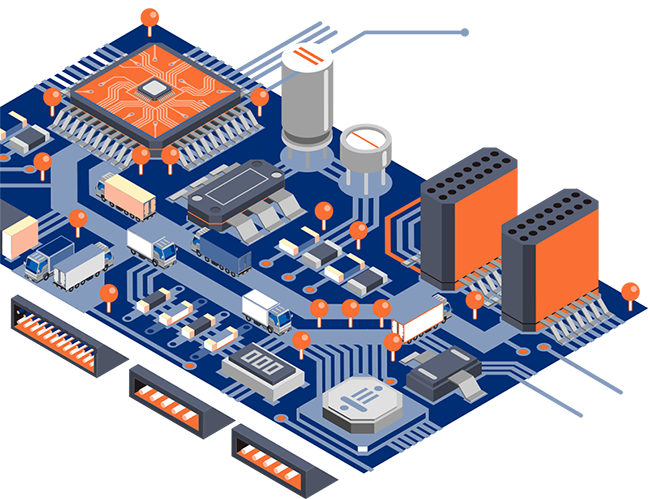
Electronic Partner is your global electronic components partner that works internationally as an independent distributor and wholesaler of semiconductors, integrated circuits, electronic boards, transformers, and wiring components. We also have official distributor status for specific brands, such as Italtras transformers.

We specialize in dedicated and targeted searches on large orders or big ticket items that add value to your bottom line: after you’ve contacted all your suppliers and have received their offers, share with us the best deals you found and we will contact our pre-screened and verified suppliers to verify if that offer can be improved and to secure the deal on your behalf.
If we can’t find you a better deal we’ll share any market intelligence we uncover – free of charge – to strengthen your negotiating hand.
For rare, obsolete or hard-to-find items, we specialize in sourcing authentic products from legitimate suppliers that offer product warranties and guaranteed delivery. With your approval, we have these products tested and verified by independent test centres before releasing any funds or shipping the goods, so you have all possible safeguards in the transaction.
We pride ourselves on our 20-year track-record (read our reviews) as a professional and reliable long-term partner to our customers – whether you are in Italy, Switzerland, France, Spain, Germany, the UK, the US or anywhere else.
We are committed to professionalism, transparency and reliability; this means that we:
May we have the opportunity to prove why we should be your global electronic components partner? Click a link below for assistance.